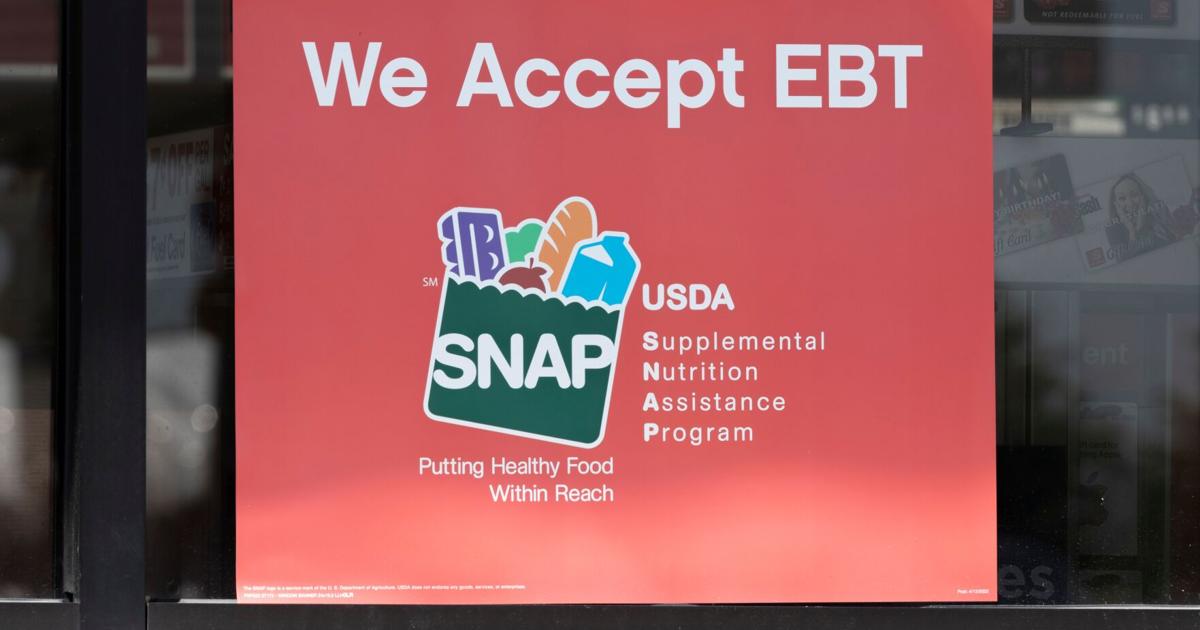
(The Center Square) – U.S. Department of Agriculture Secretary Tom Vilsack called on 44 governors to improve food stamp programs.
In July, The Center Square reported the USDA’s fiscal year 2022 national payment error rate – how accurately agencies determine benefit amounts and eligibility for the food stamps program – was 11.54%, a 4.18 percentage point increase from 2019, the last year the data was collected because of the COVID pandemic.
Vilsack sent a Feb. 8 letter to Michigan Gov. Gretchen Whitmer asking her to fix a “decline” in benchmarks in the program administered by the Michigan Department of Health and Human Services.
“I urge you to prioritize these concerns and take appropriate steps to make sure that your State has an acceptable application processing timeliness (APT) rate, payment error rate (PER), and case and procedural error rate (CAPER) and meets basic Federal requirements,” Vilsack wrote.
Michigan’s APT rate was 82.14%, lower than the acceptable performance rate of 95%. The state’s PER was 10.22% and its underpayment was 2.78% for an average of 6.5%. The acceptable rate is below 6%.
A payment error means the agency either underpaid or overpaid the recipient, which can result from an error by the agency or a recipient or fraud.
The fiscal year 2022 CAPER of 47.08% was higher than the national average of 44.12%.
Across 44 states, the USDA estimates more than 59,000 households have been impacted by 162,689 fraudulent transactions within the food stamp program, with the federal government replacing $30.2 million of benefits.
“SNAP plays a critical role in reducing hunger, improving health, and helping children succeed in school and in life,” Vilsack wrote…“Timely and accurate SNAP processing is critical to meeting the nutrition needs of low-income families and protecting the integrity of SNAP.”
Haywood Talcove is the CEO of LexisNexis Risk Solutions’ Government Group, which provides fraud prevention tools to 26 state unemployment programs and the 50 top US banks.
Talcove said simple solutions can stop fraud, such as using chip cards instead of magnetic strip cards and using state-of-the-art systems instead of following an 11-000 page rule book.
The last USDA audit found the fraud rate at 16% compared to the USDA web page showing 1.5%, Talcove said.
“That’s around $18B in improper payments or around 3% of the debt servicing assuming $659b annually,” Talcove wrote in an email.
The Michigan state health and human agency hasn’t yet responded to a request for comment about the letter.
In May, The Center Square reported Michigan stopped a $4 million food stamp fraud scheme in which people allegedly obtained card data from Californians, reproduced the cards in Michigan, and splurged at Sam’s Clubs in Metro Detroit.
“Americans in need should have access to essential benefits without unnecessary delays,” Vilsack wrote. “People should not lose access to food because States are unable to review their applications in a timely fashion.”
The letter recommended Michigan “consider all options” to reduce wait time and to reduce backlogs.
